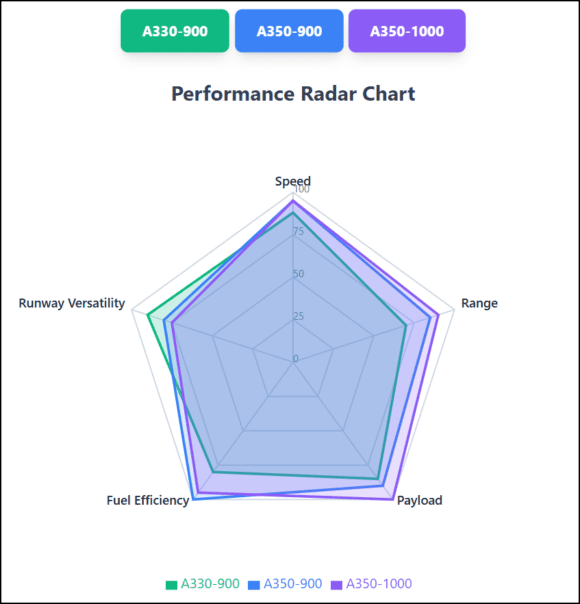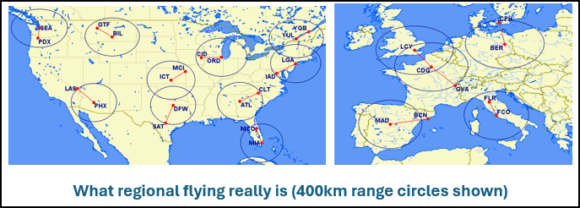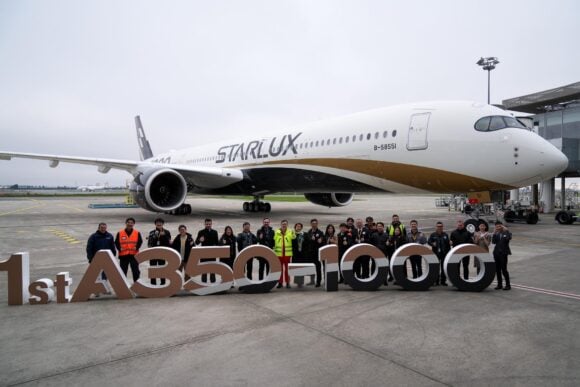Most of our analyses focus on the western OEMs in the US, Europe, Canada and Brazil. But historically the CIS OEMs have a significant presence. While the volumes are not nearly as large, by Boeing and Airbus standards, the numbers are not insignificant. There are 884 CIS OEM jet aircraft currently in service. Of these, 73% are flying in Russia. Add Kazakhstan, Iran, Ukraine and China and the number rises to 86%.
By market share, Tupolev is by far the biggest CIS OEM for those aircraft in operation today, although we expect Sukhoi to rapidly gain share as they deliver new aircraft and older models from other manufacturers are retired.
If we take a deeper look at this fleet and breakdown the numbers for each OEMs model, the striking statistic is the age of the fleet. Other than Sukhoi, the fleet borders an ancient in airline terms. There can be little doubt these aircraft are at or near the end of their economic life. Russian aircraft are famous for their toughness, but every machine has a limited useful economic life.
What has replaced aging aircraft in the Russian fleet today? Today the Russian fleet counts 1,364 aircraft in service. Breaking down that fleet, 54% of the fleet consists of western made aircraft, as shown in the table below:
In 2010 then Russian Prime Minister Vladimir Putin told Russian airlines to buy Russian planes. But this is, in a way, chicken vs egg. Until Russian OEMs produce equipment the airlines can use in high enough volumes, it is a tough sale. The most popular western aircraft in Russian airline service are the 737 (14%) and A320 (8%). Throw in the A319 and A321, and the A320 family number rises to 16%.
Russian airlines are no different than any others – the 737 and A320 are bread and butter aircraft. This is what the market wants everywhere. The solution is for the Russian OEMs to build something like this, and the MC-21, following the Sukhoi Superjet, is the answer. But like other new technology programs, the EIS for the MS-21 (now Yak-242), with 175 firm orders and 276 commitments, has been delayed to 2017. That aircraft, with Pratt & Whitney GTF or Aviadvigatel PD-14engines, an Aluminum-Lithium fuselage, extensive use of composites and advanced aerodynamics, along with western avionics and interiors, should actually be economically slightly better than A320neo and 737Max. But progress has been slow, mirroring other new program developments around the world.
Mr Putin, after consolidation of the old design bureaus into United Aircraft Corp. has been pushing resources towards Russia’s aerospace OEMs so they can get moving and catch up with western OEMs. Once the MS-21 joins the Superjet and An-158 in service, Russia will once again have a viable family of offerings for airlines. Today, the issue is slow production rates, and the lack of an efficient supply chain to mass produce the aircraft to compete with Airbus and Boeing. Russian aerospace has a proud history worthy of supporting as a “national champion”, but needs to capitalize on a strong opportunity for success by replacing an aging fleet of Russian built aircraft with new Russian built aircraft.
Views: 19



